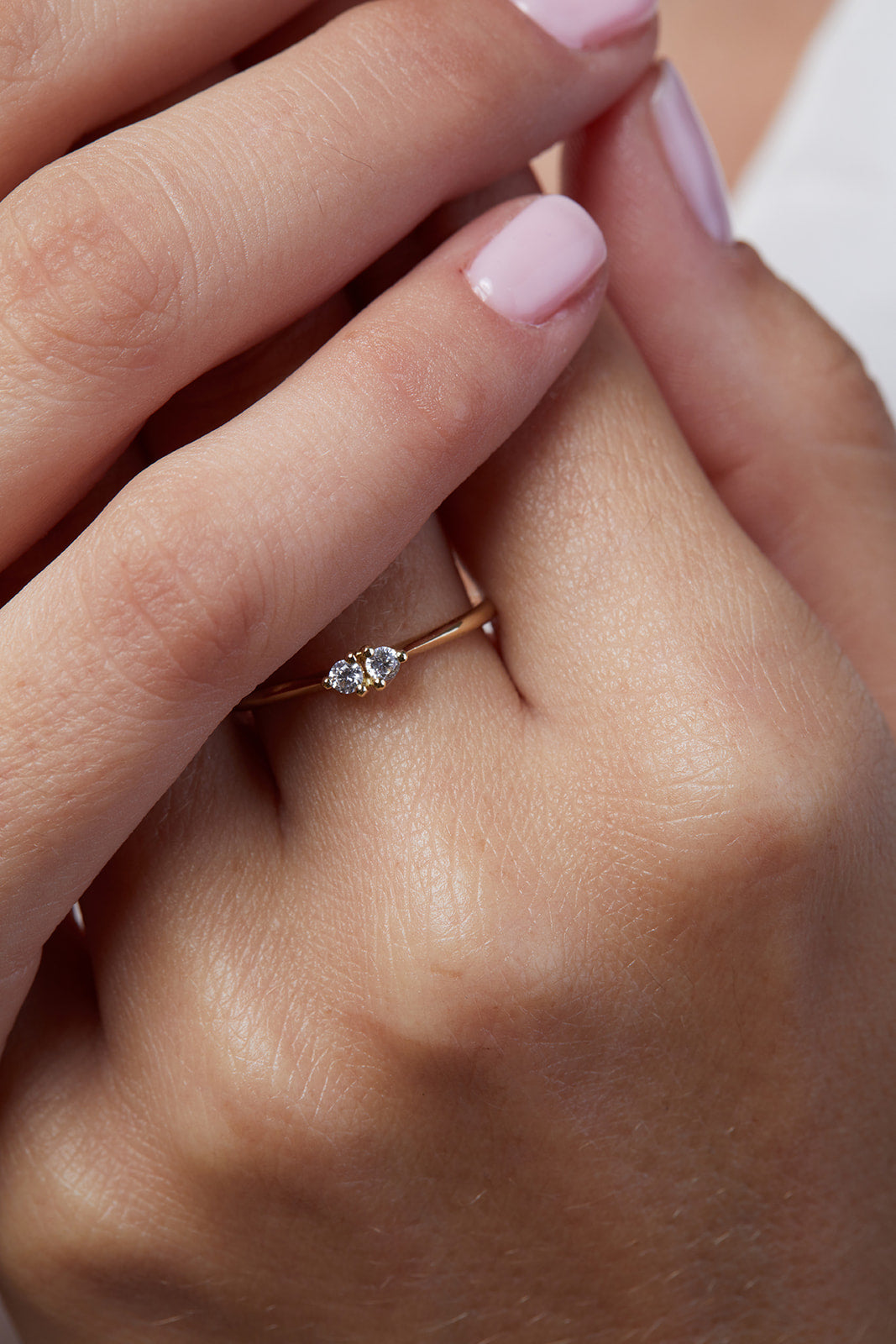Since the early 1900s, the jewelry design industry has greatly evolved. In the past, traditional methods like hammering and soldering were primarily used to make jewelry by hand. However, the jewelry industry has developed along with technology. These days, CAD (computer-aided design) software and 3D printing technologies can be used to design and make jewelry.
The usage of new materials has been one of the most significant transformations in the industry. The most common kind of jewelry in the past were made of gold and diamonds. But nowadays, designers use a wide range of materials, such as titanium, stainless steel, and even plastic. This has given designers new opportunities to create one-of-a-kind, cutting-edge creations.
The jewelry industry has been significantly impacted by the growth of the internet. Consumers can now easily browse and purchase jewelry online, which has improved industry accessibility and raised designer competitiveness. In addition to helping buyers find new and upcoming talent, social media sites like Instagram and Pinterest have been essential to promoting jewelry designers.
The greater emphasis on sustainability has been another significant change in the industry. Nowadays, a lot of shoppers are looking for jewelry that is manufactured ecologically and ethically. This has sparked a rise in interest in traditional processes like hand-forging and enameling as well as an increase in the use of recycled and fair trade materials.
Overall, the jewelry design industry has advanced significantly since the beginning of the 20th century and is still changing now. The options for jewelry creation are unlimited because to new technology, materials, and ecological practices, and it's thrilling to see what the future holds for this innovative and dynamic industry.

